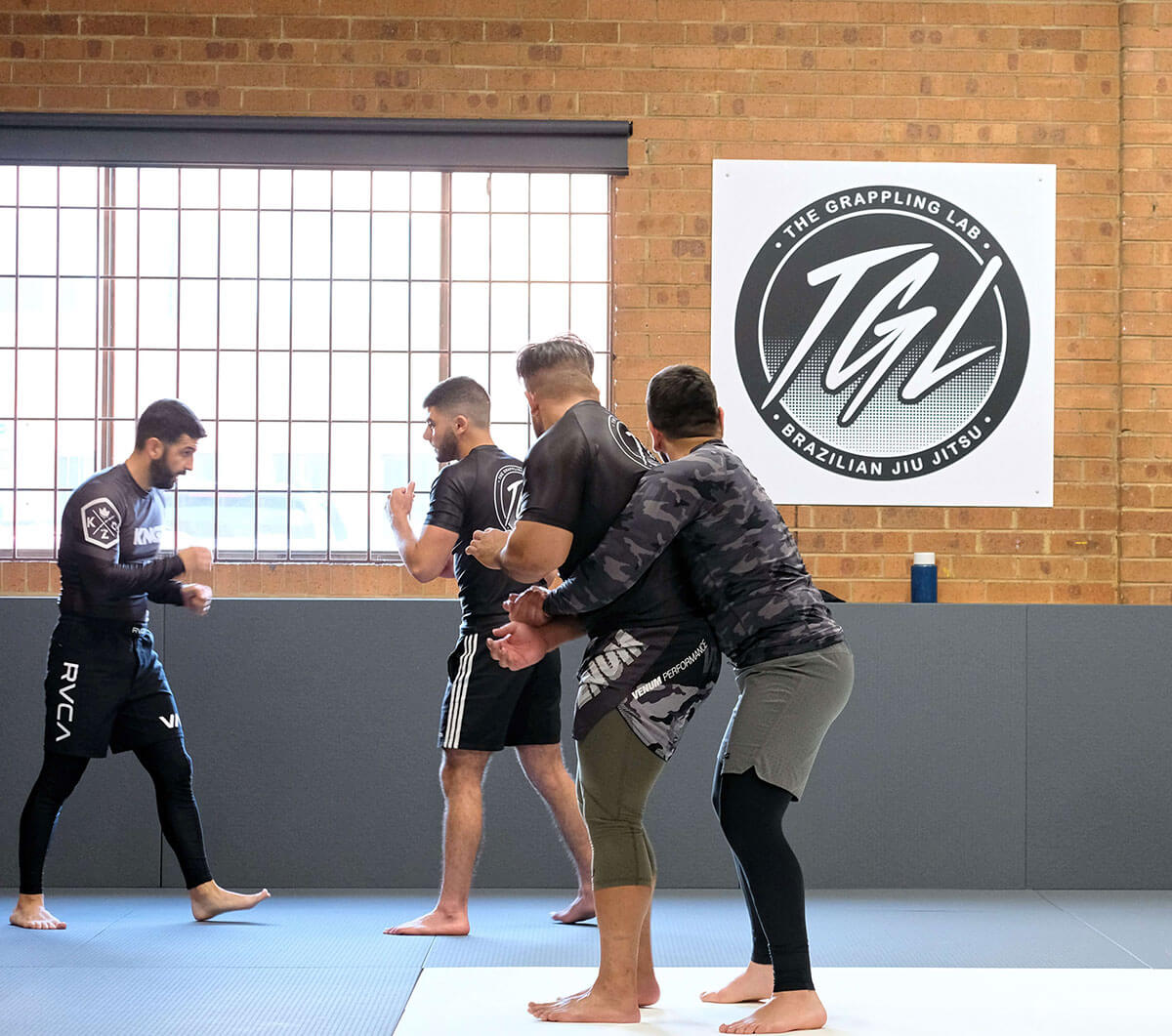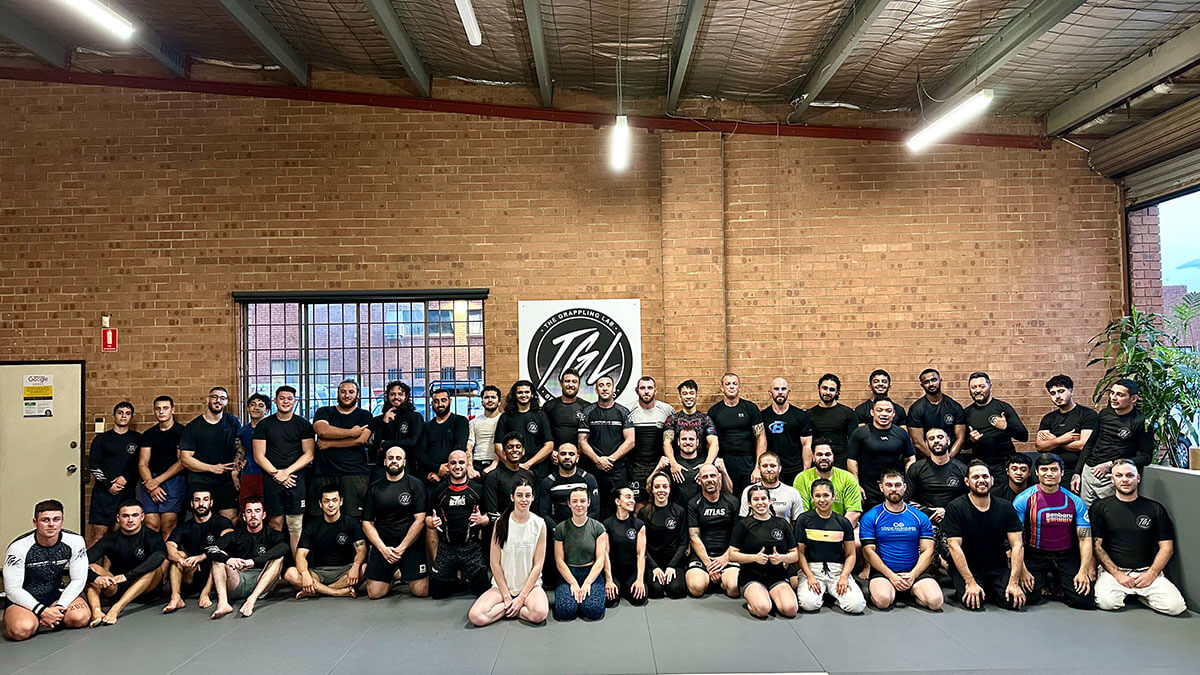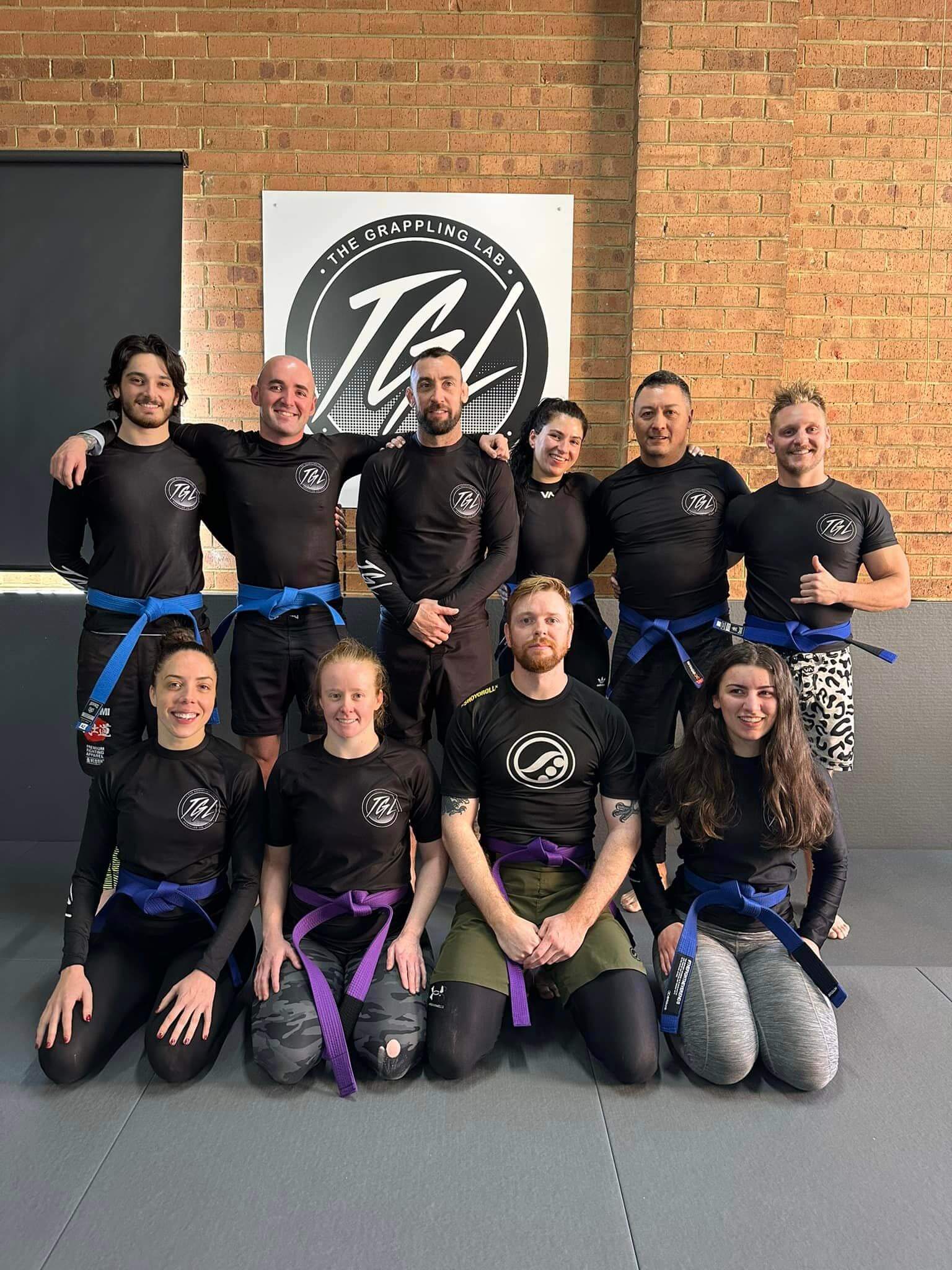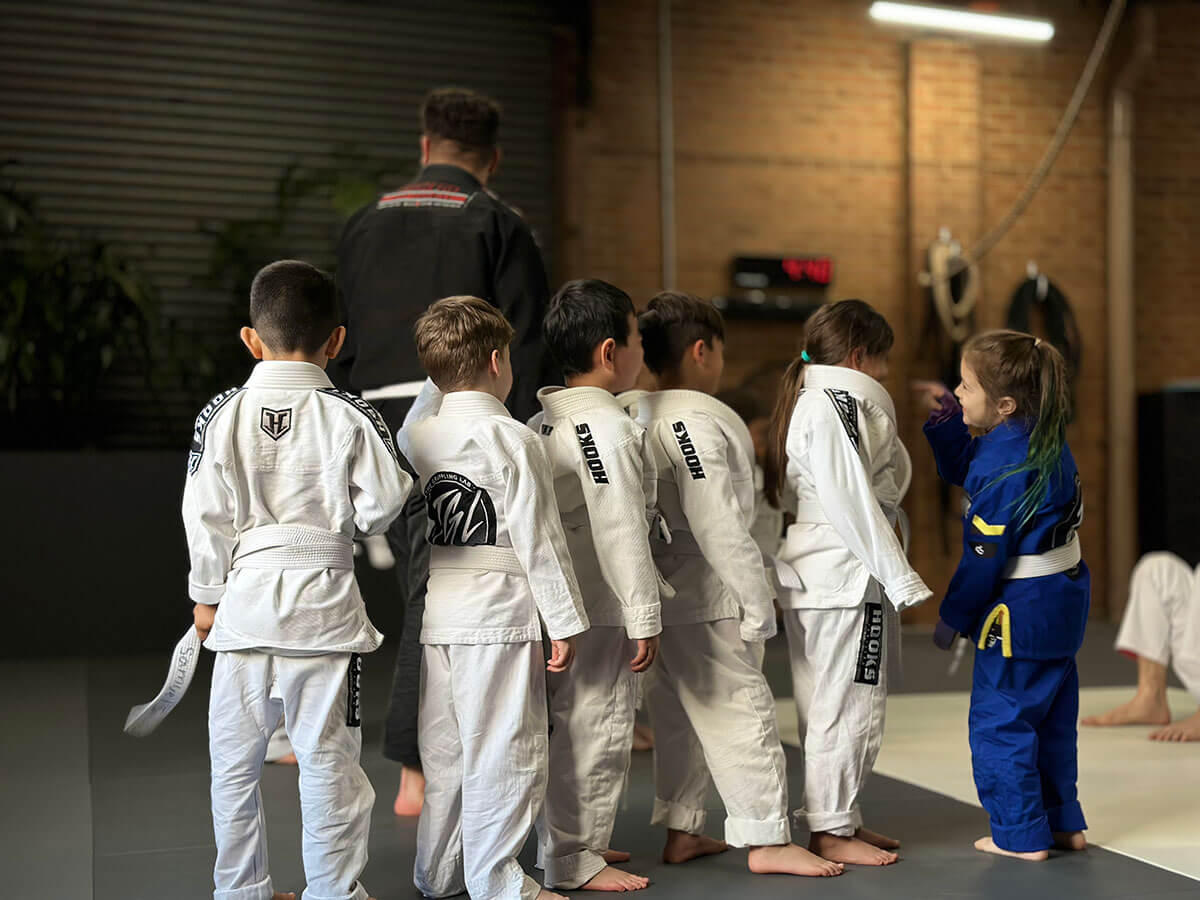Introduction to Different Types of Martial Arts
Martial arts have been practiced for centuries, offering physical, mental, and spiritual benefits to those who train in them. There are countless styles and disciplines, each with its unique techniques, philosophies, and goals. In this article, we’ll explore Brazilian Jiu-Jitsu (BJJ) and compare it to these other martial arts, focusing on self-defence, sport, and why it’s an excellent choice for kids. We’ll also address some common misconceptions about BJJ and other martial arts.
Below is a brief description of some of the most popular martial arts:
- Karate: A Japanese martial art that emphasises striking techniques, such as punches, kicks, and knee strikes. It also incorporates elements of self-defence, discipline, and personal development.
- Muay Thai: A Thai martial art known as the “art of eight limbs,” which utilises punches, kicks, elbows, and knee strikes. It is a highly effective striking art often used in MMA competitions.
- Boxing: A Western martial art and combat sport that focuses on punches and footwork. It is known for its emphasis on speed, power, and endurance.
- MMA (Mixed Martial Arts): A full-contact combat sport that combines techniques from various martial arts, including striking and grappling. It has gained popularity through organizations like the UFC.
- Taekwondo: A Korean martial art that emphasises high, fast kicks and jumping and spinning techniques. It also promotes discipline, self-confidence, and respect.
- Kung Fu: A Chinese martial art that encompasses a wide range of techniques, including strikes, kicks, throws, and joint locks. It often emphasises fluidity, balance, and self-discipline.
- Kickboxing: A hybrid martial art that combines elements of boxing and karate, focusing on punches, kicks, and knee strikes. It is often practiced for self-defence, fitness, or as a competitive sport.
- Judo: A Japanese martial art and Olympic sport that focuses on throws and grappling techniques. It emphasises using an opponent’s strength and momentum against them and promotes discipline and respect.
In the following sections, we’ll delve deeper into Brazilian Jiu-Jitsu and how it compares to these popular martial arts.
How Is Brazilian Jiu-Jitsu Optimal for Sport and Self-Defence?
BJJ is not only effective for self-defence but also as a competitive sport. The art has gained significant popularity in recent years, thanks in part to its prominence in mixed martial arts (MMA) competitions like the UFC. BJJ practitioners have demonstrated their skills against opponents trained in other martial arts, showcasing the effectiveness of their techniques in both self-defence and sport settings.
One of the reasons BJJ is optimal for both sport and self-defence is its emphasis on technique and leverage over strength and size. This allows smaller, weaker individuals to defend themselves against larger, stronger opponents effectively. Additionally, BJJ’s focus on ground fighting and submissions makes it a versatile martial art that can be adapted to various situations and environments.
Why BJJ is the Best Martial Art for Self-Defence for Kids
Brazilian Jiu-Jitsu is an excellent choice for children looking to learn self-defence. BJJ’s emphasis on technique and leverage allows kids to defend themselves effectively without relying on size or strength. This can be particularly empowering for smaller or less physically developed children who may be more vulnerable to bullying or physical confrontations.
BJJ promotes respect, discipline, and self-confidence, which are essential life skills for children. The structured learning environment and belt ranking system provide a clear path for progression, giving kids a sense of accomplishment and motivation to continue training. BJJ also encourages problem-solving and critical thinking, as practitioners must constantly adapt and strategise during live sparring sessions.
Addressing Common Misconceptions
There are several misconceptions about Brazilian Jiu-Jitsu and other martial arts that are worth addressing:
- BJJ is only for professional fighters or athletes: While BJJ has gained popularity through its success in MMA, it is a martial art suitable for people of all ages, fitness levels, and backgrounds. Many practitioners train for self-defence, fitness, or personal growth rather than competition.
- Striking-based martial arts are more effective for self-defence: While striking-based martial arts like Karate, Muay Thai, and Kickboxing can be effective for self-defence, they may not provide the same level of ground-fighting proficiency as BJJ. As most real-life altercations end up on the ground, BJJ’s focus on grappling and submissions can be advantageous in self-defence situations.
- Martial arts promote violence: Martial arts, including BJJ, teach self-discipline, respect, and control. Practitioners learn to avoid conflict whenever possible and use their skills responsibly and defensively.
Summary
In summary. Brazilian Jiu-Jitsu is a versatile and effective martial art that offers numerous benefits for self-defence, sport, and personal growth. Its emphasis on technique, leverage, and ground fighting makes it an excellent choice for individuals of all ages and backgrounds, including children. By debunking common misconceptions and understanding the unique advantages of BJJ compared to other martial arts, it’s clear that BJJ is a valuable addition to anyone’s self-defence toolkit.
If you’re interested in learning more about Brazilian Jiu-Jitsu or want to start training, consider visiting The Grappling Lab located in Prestons, City of Liverpool. Our experienced instructors and welcoming environment make it the perfect place to begin your BJJ journey.




